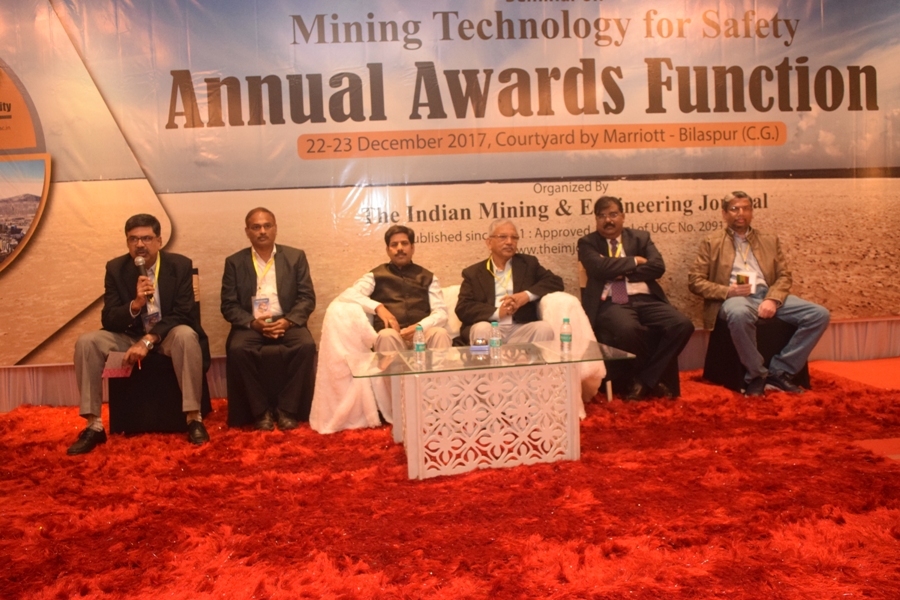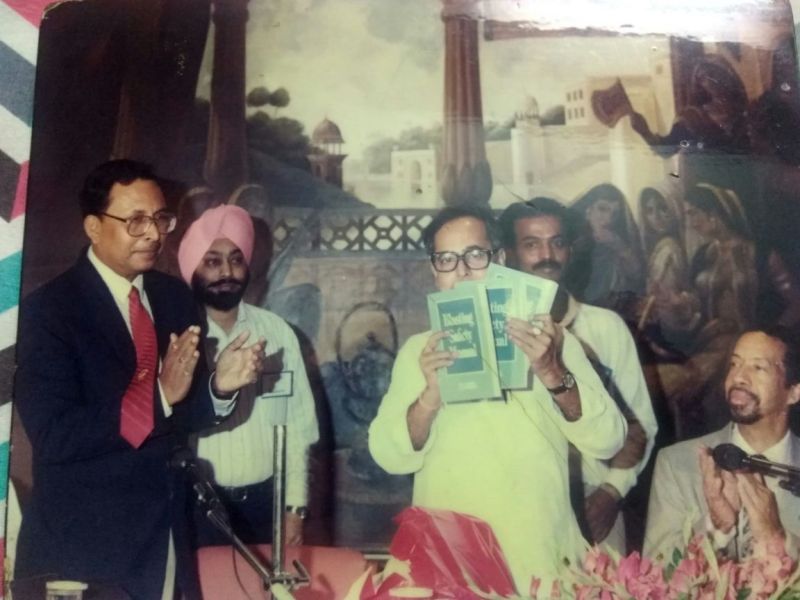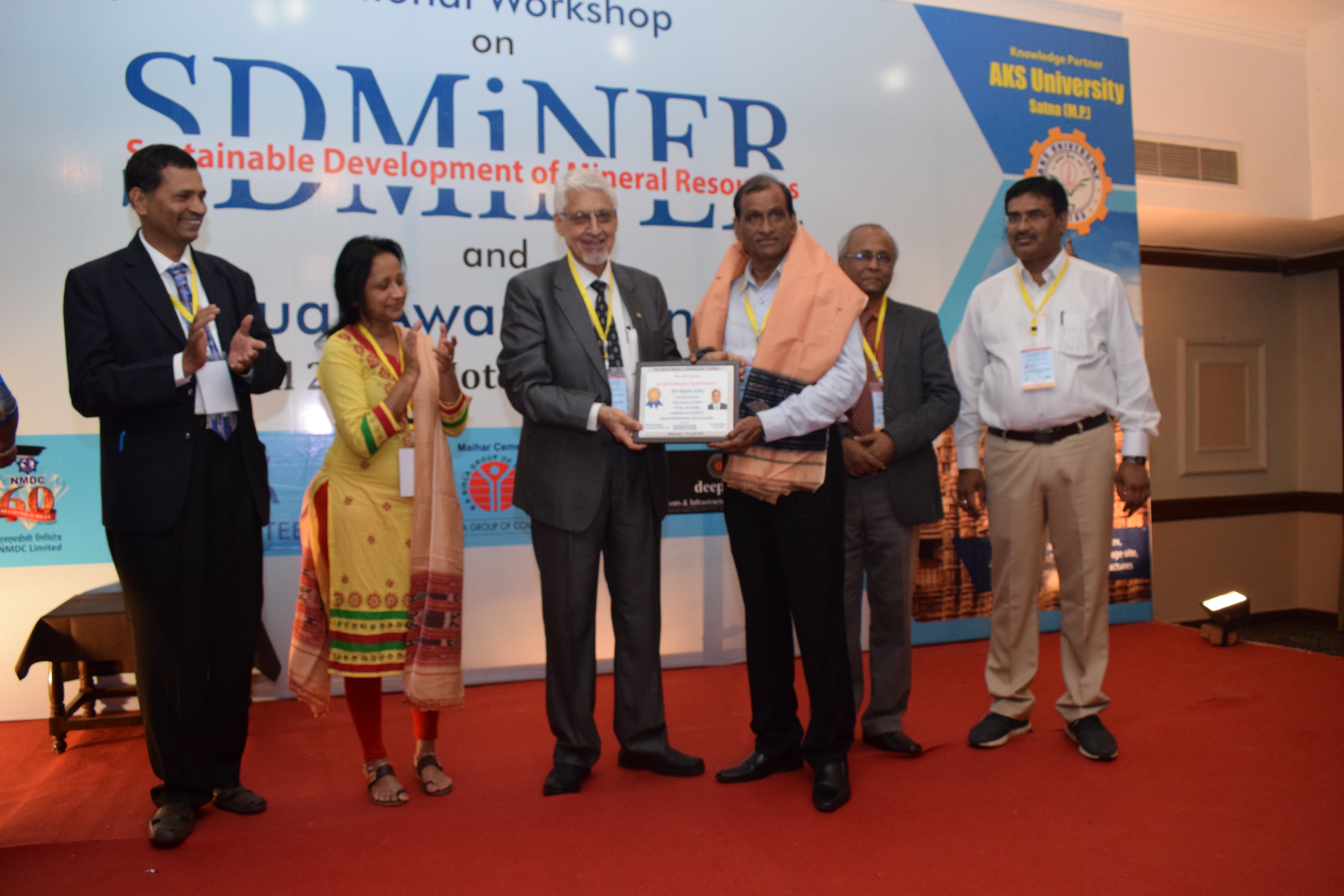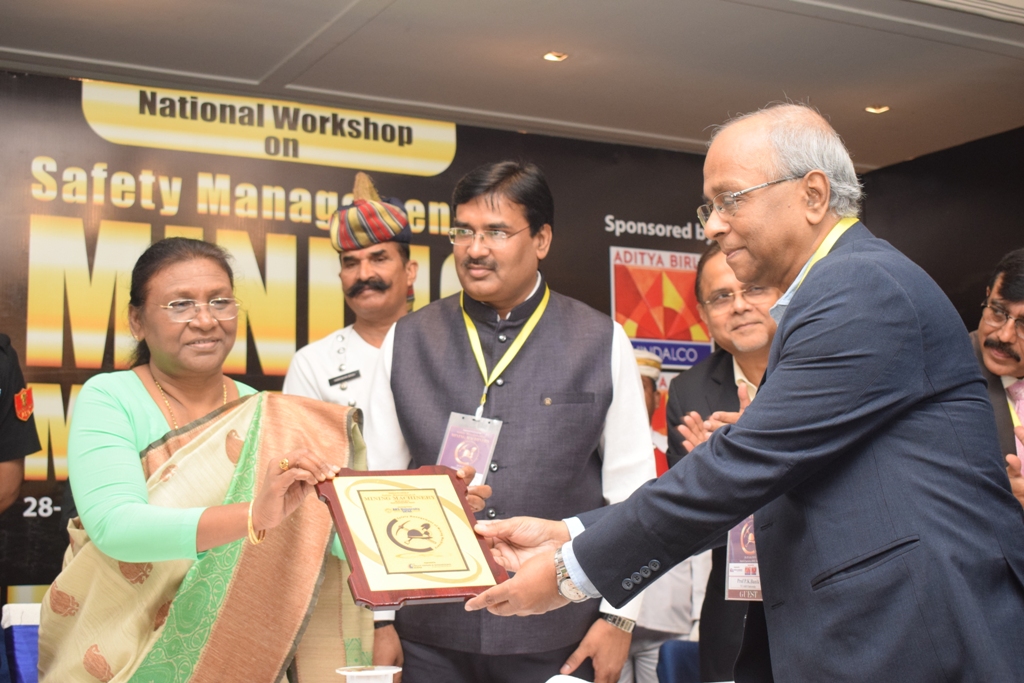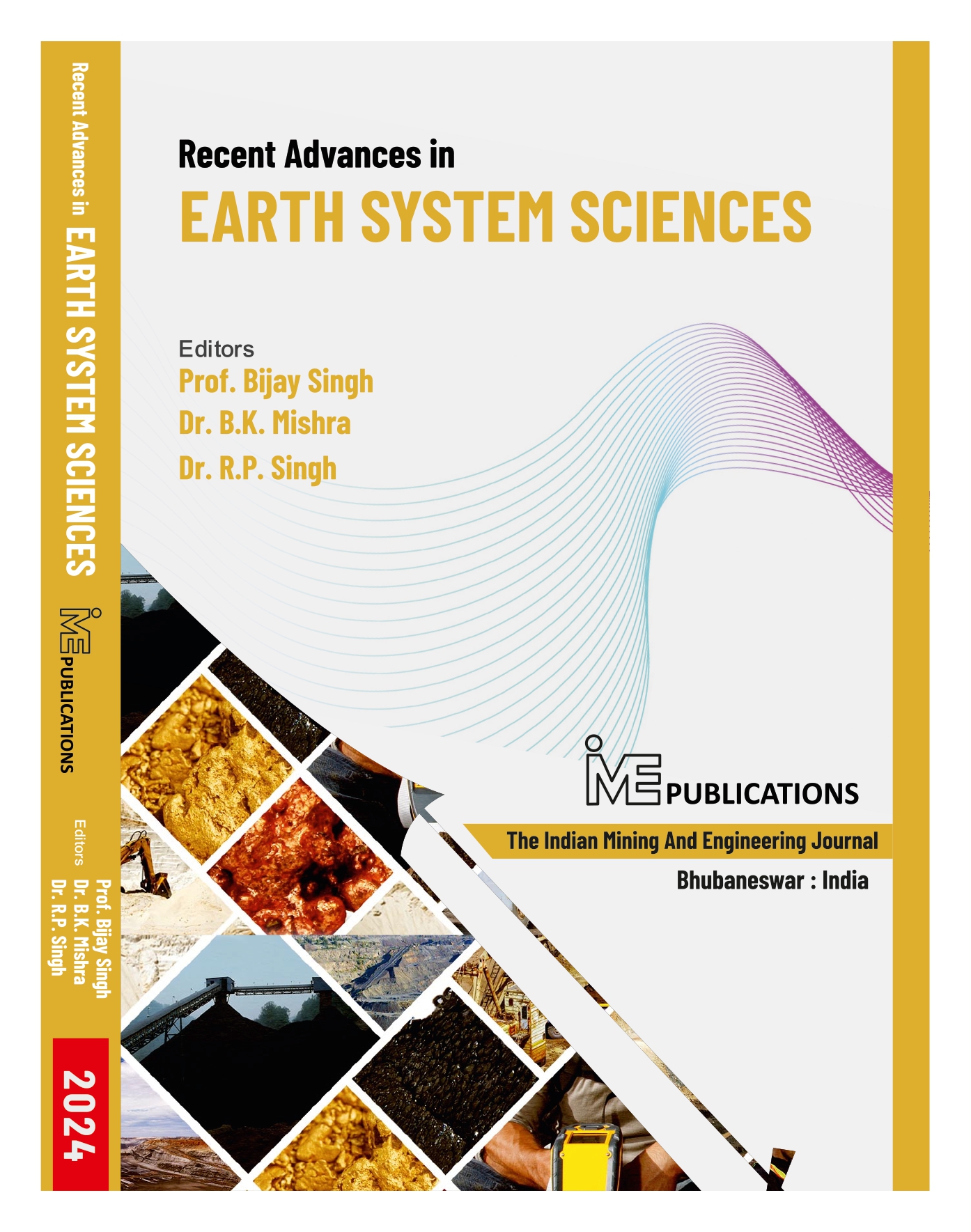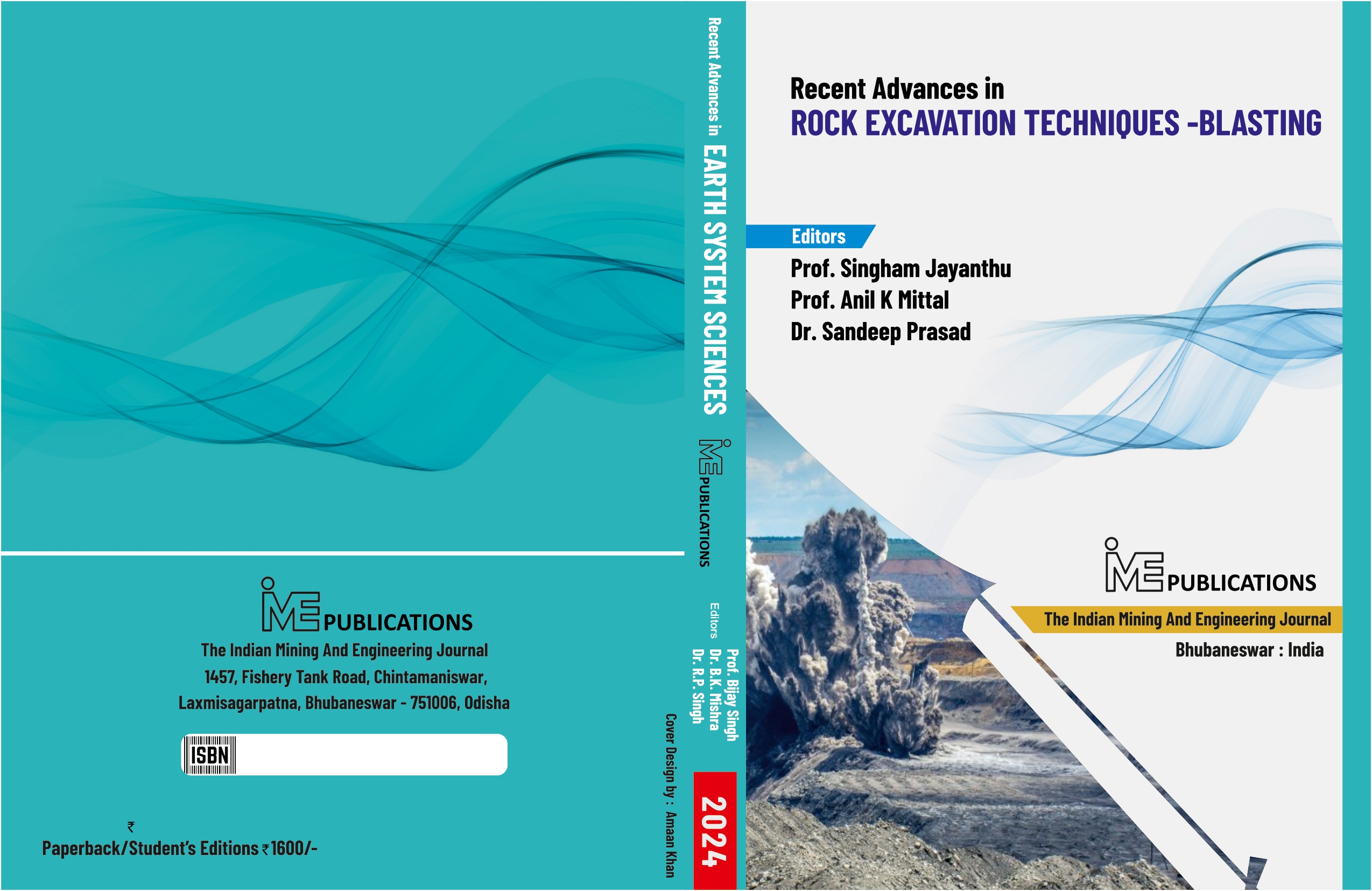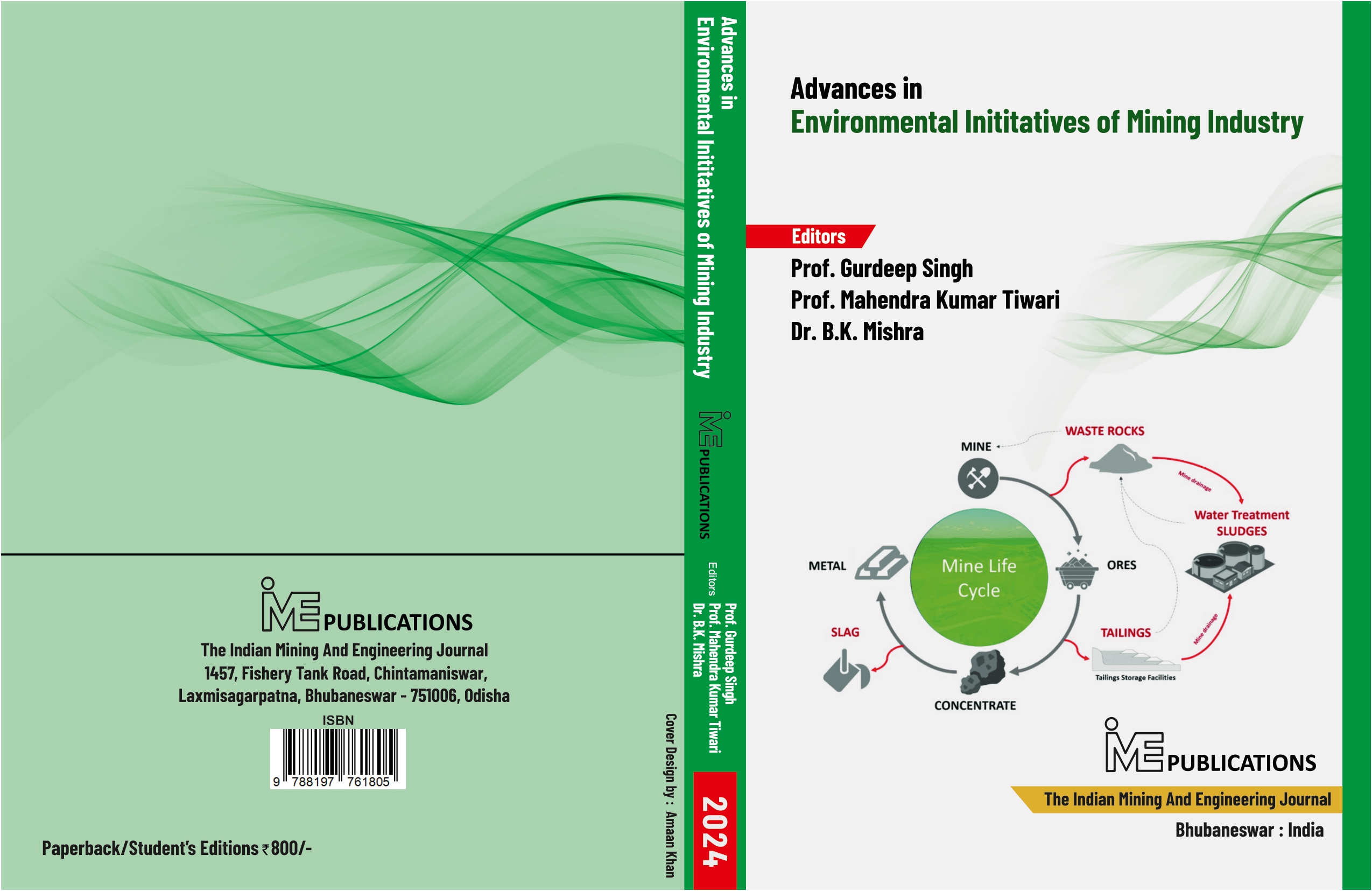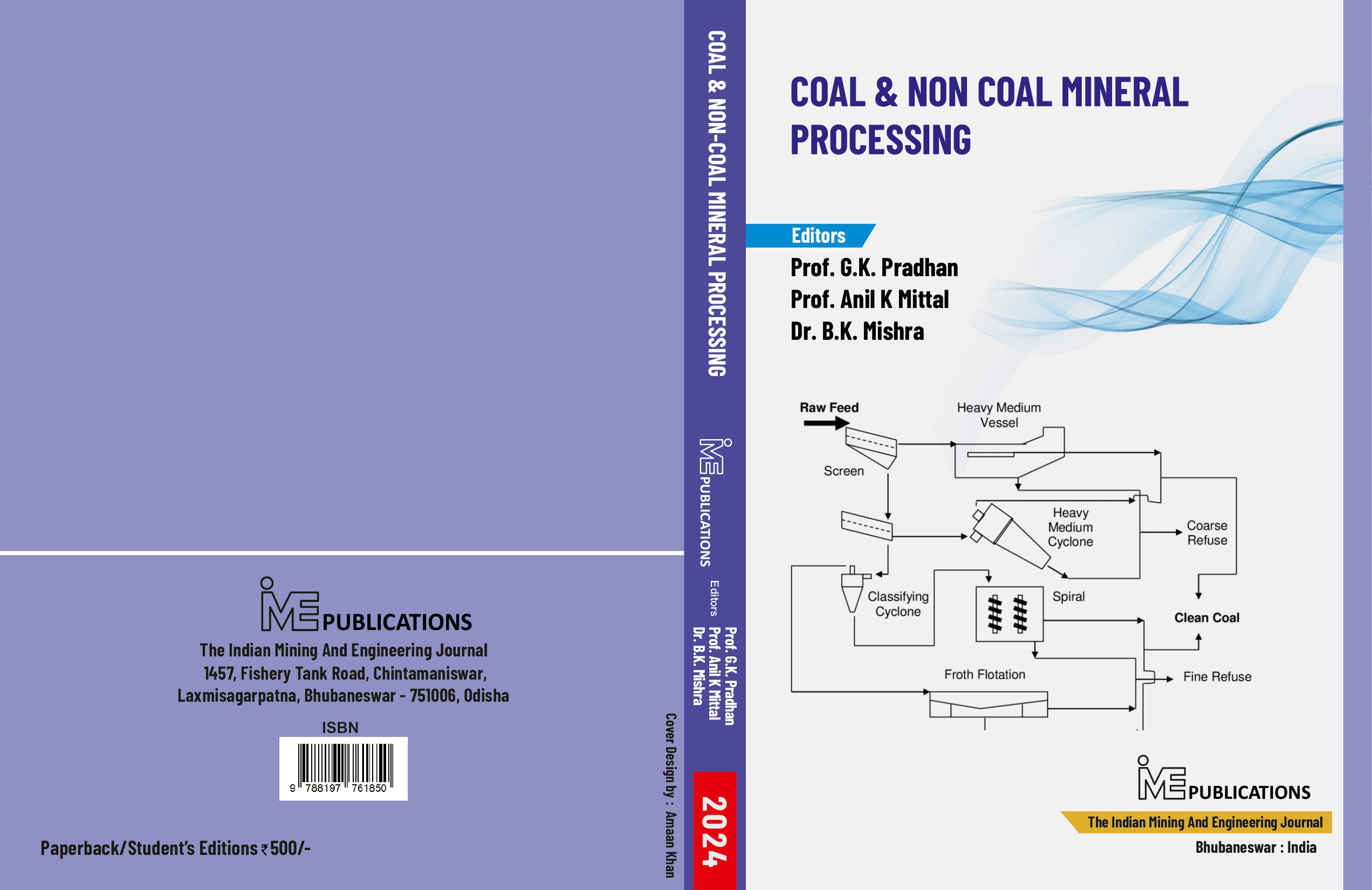Indian Mining & Engineering Journal
Aim
The Indian Mining & Engineering Journal is in its 60th year of Publication. This is published since 1961 in print is now available in open access electronic environment (due to Corona/Covid-19).The name of the journal was "Mineral markets" until 1963 and it has been changed to "The Indian Mining & Engineering Journal" since 1963.At regular interval the Journal in association with Indian mining sector, educational and research institutions, government departments/regulars hold technical deliberations to encourage the youth into mining research to contribute to its growth. The journal also holds every year Annual Awards functions to felicitate the eminent mining engineers, geosciententist for their outstanding contributions.
Published every month, aims to disseminate original scientific studies which are conducted according to the scientific norms and publication ethics at national and international scale, to scientists, mining engineers (operating managers, researchers, scholars from University departments), the public; and thus to share scientific knowledge with society. The journal is in English. Since 2015 it had collaborated with AKS University, Satna(MP/India) as its knowledge partner.
Scope
The journal covers theoretical, experimental, and applied research articles (including case studies), which reflects the findings and results of an original research in the field of mining engineering; review articles, which assess, evaluates, and interprets the findings of a comprehensive review of sufficient number of scientific articles and summarize them at present information and technology level; technical notes, which may be defined as a short article that describes a novel methodology o r technique; a case studies, which are based on the theoretical o r real professional practice and involves systematic data collection and analysis.
To enable the advancement of information necessary to serve humanity with non-renewable mineral/coal resources with the perspective of sustainable mining principles, is the scope of the Journal. In this context, mine exploration, mineral resource modeling, mine surveying, mineral economics, conservation and feasibility, geostatistics, rock mechanics and geotechnics, rock fragmentation, diggability/drillability studies, blst free rock breaking techniques, underground and surface mining, mine design, support design in underground mines and tunnels, rock penetration and rock fragmentation, slope stability(bench & dump), mine production planning and pit optimization, mine health and safety management, mine ventilation, methane emission and drainage in underground coal mines, mineral processing and beneficiation, mineral processing, waste processing and management, mining law, environmental health and management, transportation, machinery and equipment selection and planning, coal gasification, marble technology, industrial minerals, space mining, are included in the journal content. IT had a significant role in mine planning, production, data acquisition, analyses of data etc to create a safe environment. Specialised topics like use of alternate fuel in higher HP engines (gas or hydrogen), manless or operator less dumper operation, use of drones etc are also included in the journal.
Submitted manuscripts are evaluated as per the details placd under POLICY guidelines.
Paper Submission: Papers are invited for the peer-reviewed and indexed journals. The manuscripts should be submitted in MS Word, to the Editor-in-Chief through This email address is being protected from spambots. You need JavaScript enabled to view it.
Paper Acceptance: The final decision on publication is made following the guidelines set as under POLICIES.
Special Issues: From time to time, Guest Editors are invited to produce Special Issues consisting of some articles grouped around a common theme. Proposals for Special Issues are received 3 months before preparation of the final volume.
Proofs: Proofs will be sent to the corresponding author and should be returned with one week of receipt. Corrections should be restricted to typesetting errors; any other corrections may be charged to the authors. Authors are advised to check their proofs very carefully before return since the inclusion of late corrections cannot be acceptable. Corrected proofs are to be returned to the publishers.

